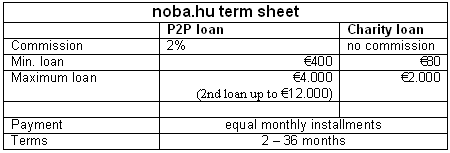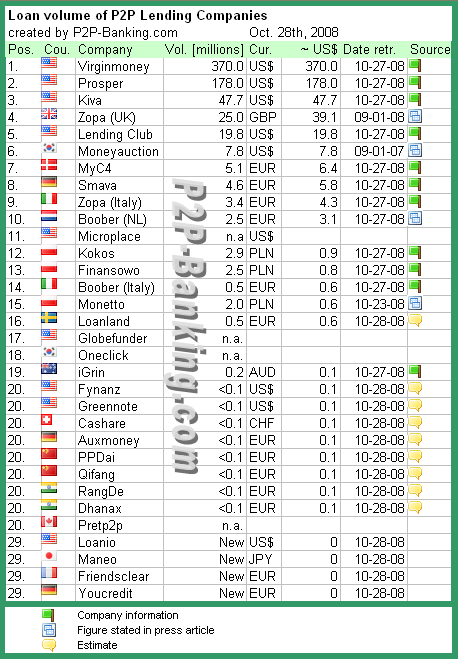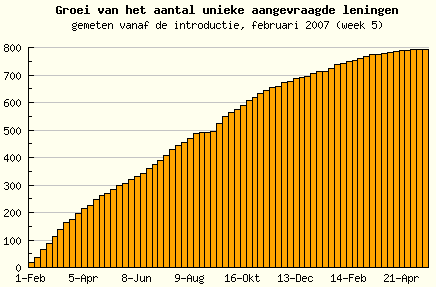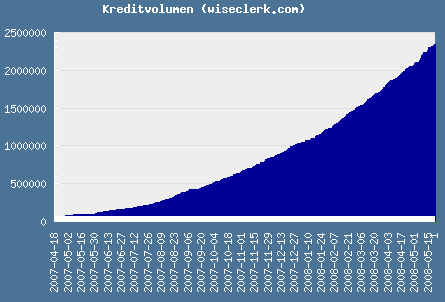Starting Jan. 7th, the German p2p lending service Smava will launch it’s p2p lending platform in Poland. I interviewed Smava CEO Alexander Artopé.
The following interview was originally conducted in German language. Possible translation errors are mine.
P2P-Blanking.com: Mr. Artopé, why has Smava chosen Poland as target market for the international expansion?
Smava: For several reasons. Poland is a fast growing economy with approx. 40 million residents. In Poland the span between deposit rate and base rate is very high – approx. 15 percent. Therefore the smava marketplace will be very attractive for polish customers right from the beginning. And regulation in Poland does not require a bank for the p2p lending model. This keeps transaction costs very low.
P2P-Banking.com: There are already 3 p2p lending services established in Poland. How does Smava plan to win market share as newcomer?
 Smava: Compared to the active services smava is much more secure. Like in Germany it is a central product feature, that the risk for the lenders is transparently evaluated and can be factored into the calculation . To achieve this we cooperate with the polish credit rating agency (BIK).
Smava: Compared to the active services smava is much more secure. Like in Germany it is a central product feature, that the risk for the lenders is transparently evaluated and can be factored into the calculation . To achieve this we cooperate with the polish credit rating agency (BIK).
P2P-Banking.com: How did you organize the operations? Does Smava have a branch or a subsidiary in Poland? Or do you operate from Berlin?
Smava: We have a subsidiary in Wroclaw, Poland, with a polish management team.
P2P-Banking.com: Where are the biggest challenges in international expansion: technical, legal/regulatory, marketing or recruiting team members?
Smava: On all fields, in the following order: legal/regulatory, recruiting and then marketing.
P2P-Banking.com: Which differences does the polish version of Smava have compared to the german Smava version?
Smava: Firstly we will start in Poland without the ‘Anleger-Pools’ (P2P-Banking: an insurance feature), because p2p loans are mostly short term there. Secondly all loan contracts will be directly between lenders and borrowers – not like in Germany with the biw bank as intermediary.
P2P-Banking.com: What will be the maximum loan amount that can be borrowed at Smava Poland?
Smava: A polish borrower can use smava.pl for loans up to 100,000 Zloty. Each lender can invest up to a maximum of 200,000 Zloty. (P2P-Banking.com: 100,000 Zloty equal approx. 34,000 US$)
P2P-Banking.com: Which credit rating information will Smava.pl supply for the lenders?
Smava: Like in Germany smava will supply a credit score (BIK) as well as a debt/income ratio.
P2P-Banking.com: Which fee structure does Smava.pl have?
Smava: Lenders can invest fee-free, borrowers pay 1%Â of the loan amount. Continue reading






